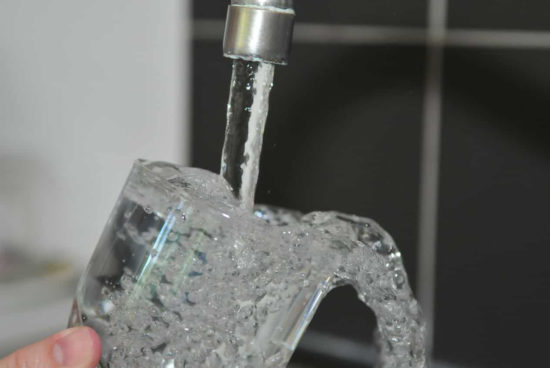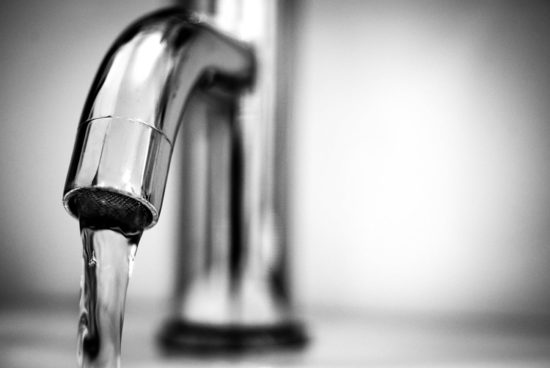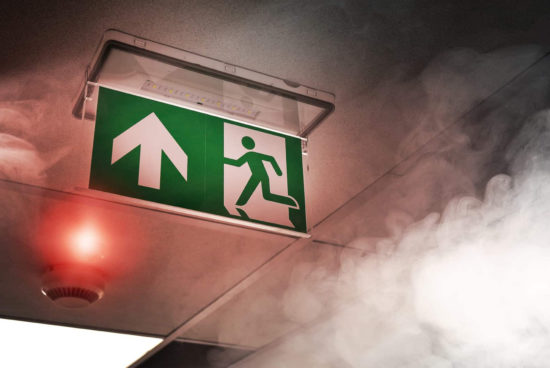The Lie of Plastic Recycling
The Lie of Plastic Recycling Bloomberg investigative reporter Kit Chellel put two trackers inside pieces of plastic and deposited them in recycling bins at 3 Tesco locations in the UK. The linked video provides a fascinating look inside a “hidden ecosystem that very few people have oversight of… dirty smelly places to be sorted and … more









